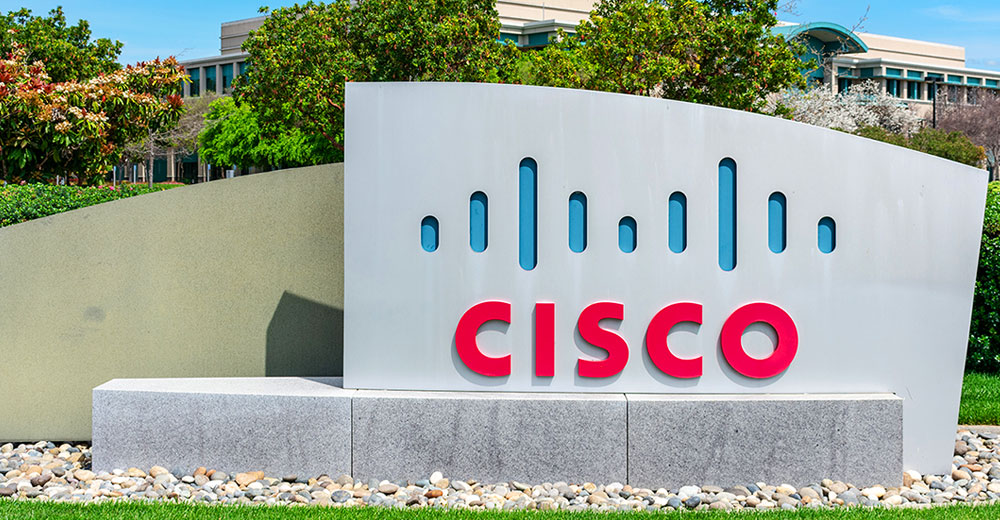Two prominent research efforts released in Q1-24 on the future of business-to-business (B2B) e-commerce suggest that the marketplace is in bad shape.
In February, Forrester Consulting released its 2024 State of B2B E-commerce Report, which found that a majority (65%) of respondents viewed B2B e-commerce as broken. AI-powered product discovery platform Zoovu commissioned the study.
Forrester researchers interviewed 413 decision-makers at the director level and above at U.S. and European companies with at least $200 million in e-commerce revenue.
According to respondents, a significant majority cannot handle the complexity of products, collect customer data, or scale effectively:
- 96% of respondents report that they cannot make their entire product portfolio available online due to these limitations.
- 83% encounter issues with their data being incomplete, inconsistent, inaccurate, unstructured, or outdated.
A similar finding of B2B e-commerce bleakness resulted from the Sana Commerce 2024 B2B Buyer Report released in March that revealed B2B web stores are driving buyers away.
That research found that 74% of B2B buyers would switch suppliers if another B2B web store offered a better experience. The survey of 1,000 B2B buyers found that 68% are discouraged from making B2B purchases online because of order errors.
“B2B suppliers have prioritized scaling their capacity to handle rising order volume over the past two years. However, this emphasis on speed and capacity has brought forth additional challenges, heightening the stakes for suppliers,” said Sebastiaan Verhaar, CEO at Sana Commerce. “Buyers now demand specific criteria like real-time pricing, stock level, and product information for consistent adoption of B2B web stores as an integral part of their business.”
Glaring Perception of Broken B2B Systems
The stat that jumps out the most is that 65% of B2B leaders think that e-commerce is broken at their organizations, confirmed Zoovu CMO Ken Yanhs, noting the staggering data point that means there is an entire sales channel these multi-billion-dollar companies have not figured out yet and the opportunity that is there for those that do get it right.
The report explains why e-commerce is so broken for B2B companies. He attributes that to many organizations still not transforming their sales models to work both online and offline.
“A lot of organizations that have tried to adopt a B2C-style of e-commerce, which hasn’t worked that well because of the way B2B business has worked for decades,” Yanhs told the E-Commerce Times. “At the heart of this is just how much this transformation hinges on product data, but how much pain B2B companies feel about their product data, which the report delves into quite a bit.”
To change that bleak picture, B2B leadership needs a complete shift in its mindset, he offered. Digital transformation is not just about new technology. It is more about embracing new ways of thinking that you achieve through new systems and solutions. The vision comes first, and the tech comes second.
“For B2B companies, that vision needs to be around three things: improving the customer experience, empowering sales teams, and investing in clean, centralized, and enriched product data that can be used for product discovery,” he said.
B2B Buyers Frustrated
The Sana report, conducted by Sapio Research, found a surprisingly high rate of errors in B2B online orders. It also cited high frustration among B2B buyers over inaccurate and impersonal user experiences on B2B web stores.
Researchers say the heart of the mounting frustration is the mostly unfunctional status of B2B e-commerce. They found that B2B buyers prefer to place orders online through suppliers’ websites, and 79% prefer to place repeat orders online.
For 58% of B2B buyers, e-commerce is now the norm for complex and high-value orders. But the ordering systems are failing them.
“What’s surprising is that 42% of buyers still opt to place complex and high-value orders offline,” Verhaar told the E-Commerce Times. “Knowing that there is a general preference for ordering online, we can surmise that this preference is due to a combination of factors.”
Many B2B web stores are not yet sophisticated enough to handle the complexity, and buyers do not have the confidence to purchase because they cannot get all the necessary information to complete their order, he offered.
Problems Don’t End There
In addition, according to the Forrester report, online sales still require human interaction. B2B e-commerce platforms are leaving money on the table by not being capable of handling the complexity of products, collecting customer data, or scaling effectively.
Forrester’s research also found that genuine customer engagement remains elusive. Complete online sales remain out of reach for some buyers.
B2B sellers face a significant threat from too many buyers having a bad experience with B2B web stores, and buyers are willing to jump ship because of it. This issue is particularly pronounced for U.S. buyers.
Zuvoo’s Yanhs observed that the solution comes back to product data. To truly engage with a customer, salespersons need to know everything about the products they sell, ask the right questions to understand customer needs, and use this information to match customers with the right products.
“That experience is especially difficult for B2B companies to replicate online because product catalogs are massive, and those products need to fit together in very specific and precise ways,” he explained.
Doing that will be the end of short-term, ill-fitting solutions. It will also be the beginning of a true revolution in the way B2B companies sell and the way customers buy from them, he predicted.
Few Alternatives Compound B2B E-Commerce
If business buyers want to get around using a web store, they must resort to phone calls, faxes, emails, or face-to-face. None of these options will be as efficient for either side of the transactions.
“If the desire to bypass a web store is there, I urge you to ask why. In most cases, those answers will boil down to fears around an overly complicated setup and/or low adoption rates,” suggested Sana Commerce’s Verhaar.
He added that it is vital to find an e-commerce provider that can truly support your most important use cases and the specific needs of your buyers. The right provider will ensure smooth onboarding and tech stack integration. Their web store software will increase transparency and remove barriers to ordering.
Verhaar offered that the inability to handle complexity is at the root of poor B2B web store performance and buyer dissatisfaction. Most web store solutions are not designed specifically for B2B.
For example, most lack product-market fit, meaning they lack key functionality for B2B particulars. He added that the early days of digital transformation are gone, meaning that B2B buyers are no longer willing to accept a minimally viable web store.
Fixing What’s Broken in B2B E-Commerce
Data from the Sana report suggests that giving B2B buyers personalized details and better accuracy and transparency on pricing, delivery schedules, and product status can help B2B sellers retain more customers and drive bigger revenue gains.
Customer relationships are made or lost on the heels of the B2B web store performance. When B2B buyers have a bad experience with an online purchase, it is likely to affect their overall relationship with the seller, Sana noted.
Web stores must adapt or risk buyers jumping ship. Ordering from a B2B online store should not feel like a crapshoot. If B2B customers lack accurate, reliable information on pricing, in-stock inventory, and delivery timelines, they will likely lose trust in the seller and take their business elsewhere.
The big difference between B2B and B2C e-commerce is the complexity inherent in business-to-business sales. The last mile of bringing complex processes online is also the hardest, observed Verhaar.
“Truly fixing this means seriously evaluating your web store solution. Does it offer real transparency for your buyers? Can it handle the complexity of the order your buyers require? If not, I urge you to find a tech solution that will meet your needs as soon as possible,” he recommended.
The bottom line is quite simple, according to Verhaar. Putting band-aids on your current solution will only cost your business more to fix later. Meanwhile, your buyers might already be out the door.
AI Might Provide a Feasible Solution
According to Verhaar, the report is a powerful reminder that sellers must simultaneously keep up with the customer’s needs and be one step ahead. Once the mainstream of your customer base adopts a technology, you need to be ready. If you lag behind, you face a business risk. B2B commerce is now digital-first.
He sees artificial intelligence as one of the only viable catch-up options. AI will be a powerful enabler in B2B e-commerce because it will allow B2B sellers and B2B buyers to complete tasks much more quickly.
“AI-generated product descriptions, translations, and image creation will make web shop management less cumbersome. So, some of the hurdles to fully embracing e-commerce for B2B sales can be overcome as sellers realize the efficiency benefits,” he explained.
B2B buyers can expect more tailored online experiences as a direct result of AI analyzing web store data and enabling customization based on user preferences and behavior.
Yanhs agrees that the report confirms B2B leaders understand AI’s potential. The research shows that 79% of B2B executives think AI-driven product discovery will improve the customer experience, 74% anticipate it will reduce costs, and 71% believe it will increase revenue.
























































Social Media
See all Social Media